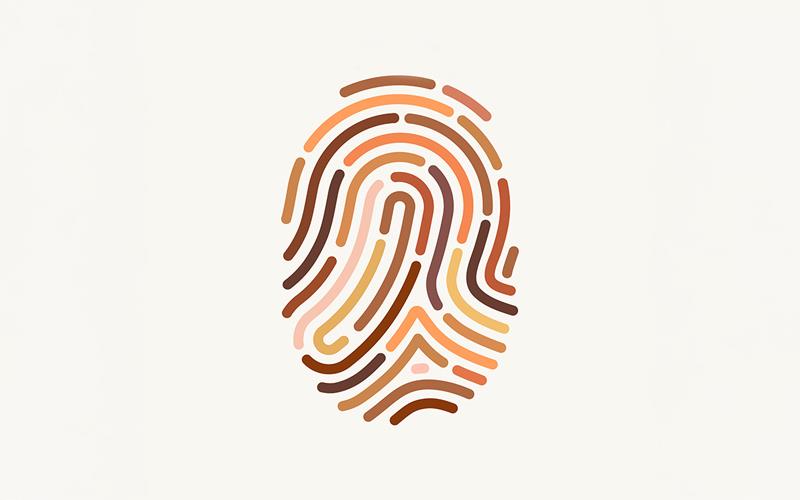Skin pigmentation affects pulse oximeter performance





Findings from the EquiOx trial presented at ACC.25 underpin the influence of skin pigmentation in pulse oximetry.
“Although pulse oximeter bias (SpO2 – SaO2*) on average was negative for all [participants], it was less negative in darkly pigmented participants than in those with lighter pigment, meaning that pulse oximeters do not perform the same across different skin pigment categories,” said Dr Carolyn Hendrickson from the University of California San Francisco in the US.
Overall, the unadjusted median pulse oximeter bias was negative (-1.7 percent). Hendrickson noted that the oximeters “read too low.”
The TMLE** adjusted estimates of pulse oximeter bias per ITA*** were -1.6, -1.8, and -2.2 for dark, medium, and light, respectively. The adjusted estimate of mean bias attributable to dark skin pigment was 0.5 percent higher (p=0.04) than that attributable to light skin pigment.
When stratifying by race, the adjusted estimate of mean bias for White individuals was more negative (-2.4 percent) than those who were Black/African-American (-1.5 percent), Asian (-1.4 percent), and Hispanic (-1.9 percent; p<0.001 for all). [Hendrickson, et al, ACC.25]
“We also found that the proportion of positive bias … was higher in patients with dark skin pigment vs those with medium and light skin pigment … Positive bias is the worrisome direction as it may be falsely reassuring,” she said.
Worse in critically ill patients
Pulse oximeter performance was worse in critically ill than in healthy adults (ARMS#, 3.9 in the full cohort), implying that oximeter performance is more uncertain in critically ill patients than in healthy participants in validation studies.
The 2025 Draft Guidance from the FDA recommends an ARMS ≤3 percent for all devices. Higher ARMS implies worse performance. Hendrickson noted that even a small difference in ARMS between devices, especially if concurrent random error and bias exist, can reflect a large difference in their performance.
“It is thus challenging for bedside intensive care unit clinicians to know when a pulse oximeter may not be accurate,” she highlighted. “More discussion is needed between manufacturers, regulators, and clinicians to draw attention to times when the oximeter is uncertain.”
The link between skin pigmentation and pulse oximeter bias in critically ill patients has gained traction during the COVID-19 pandemic, given the preponderance of literature suggesting that pulse oximeters overestimate oxygen saturation in certain racial groups, thus leading to false reassurance about a patient’s health status. [JAMA Intern Med 2022;182:730-738; JAMA Intern Med 2022;182:849-858; Crit Care Explor 2022;4:e0758; Am J Epidemiol 2023;192:703-713]
According to Hendrickson, more papers on this topic have been published in the past 2 years than in the past 2 decades. “Overall, studies show racial and ethnic discrepancies in pulse oximetry, leading to longer wait times to supplemental O2 treatment and delays or omission of treatment with corticosteroids among other outcomes.”
Race and skin pigment are different
Pulse oximeter readings were compared against functional SpO2 from blood gas analysis in 631 participants (median age 62 years, 20 percent Asian); most had at least two readings (total of 1,760 paired measurements). Skin pigmentation was measured using the Monk Skin Tone Scale and ITA. As per the ITA, 53 percent of participants had medium pigmentation, 33 percent had light pigmentation, and 14 percent were darkly pigmented.
“To date, EquiOx is the largest prospective clinical study of pulse oximeter bias among critically ill adults with well-characterized skin pigmentation. The findings may inform decisions for regulators, standard organizations, and clinicians on performance limitations in critically ill adults,” Hendrickson said.
She called for large, prospective studies with more patients with dark pigmentation and more observations in lower O2 saturation ranges to ascertain patterns in pulse oximetry bias. “[Ensuring] representation across skin pigmentation categories is important for future studies evaluating pulse oximeter performance.”
“We think that the social construct of race is important and impacts health outcomes, and it is not the same thing as skin pigmentation. We are advocating for the use of skin pigment data to be collected in addition to race when trying to understand equitable performance in various patient populations,” she added.